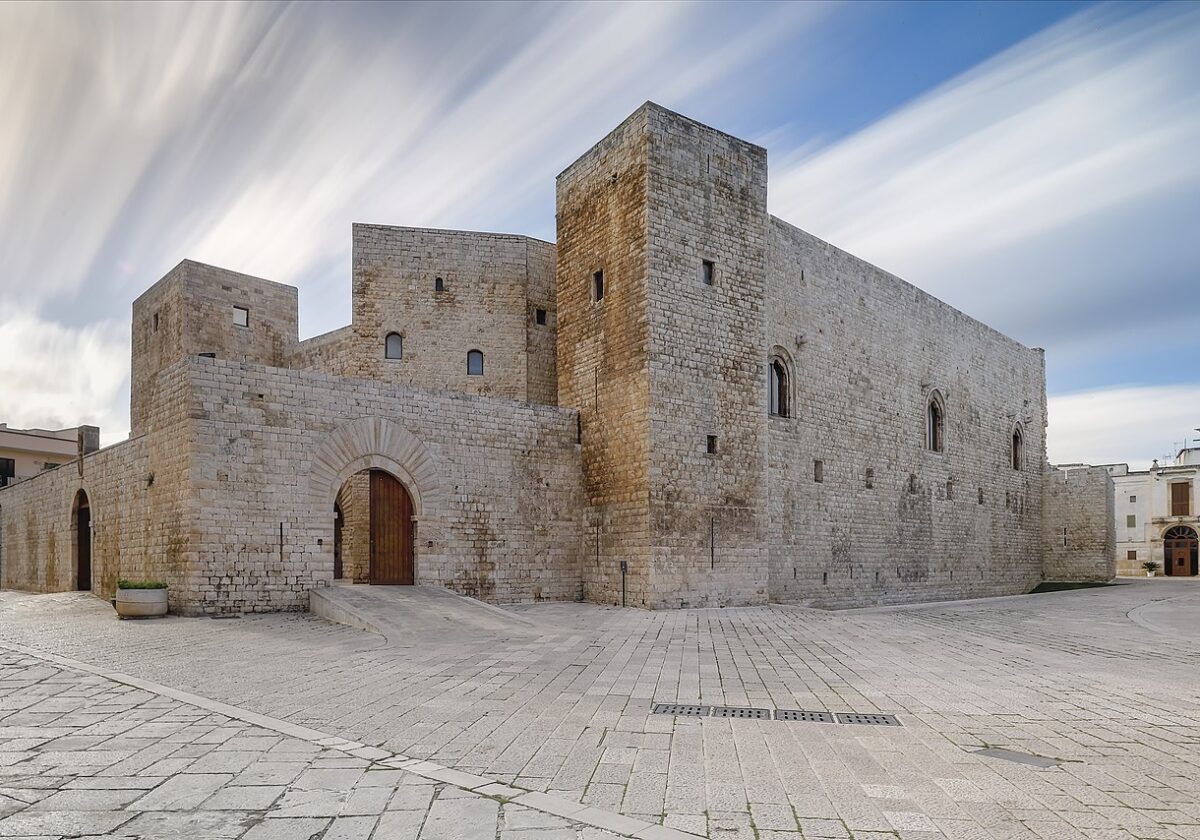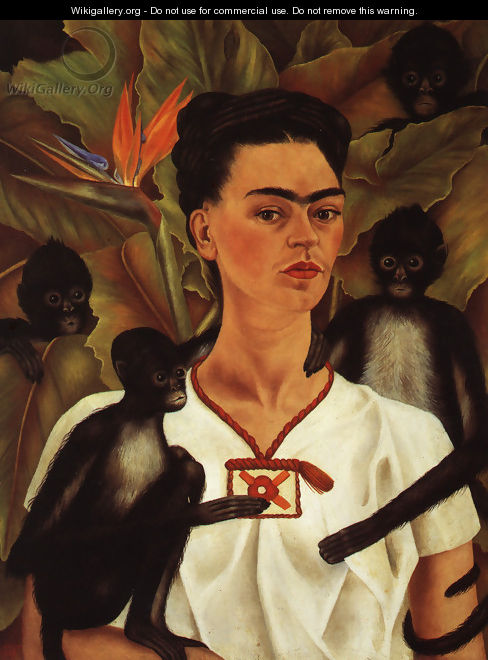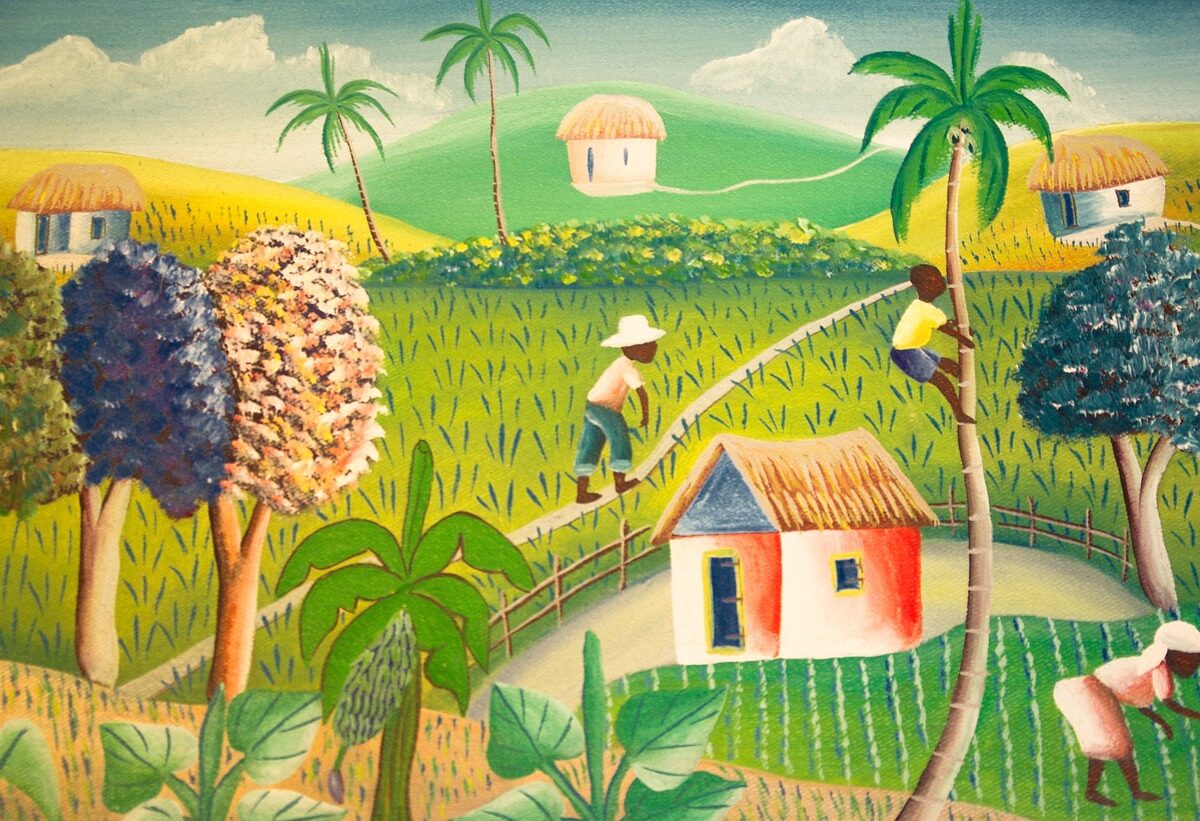This sounds really interesting:
The society also boasts one of the world’s best libraries of material relating to Spain, Portugal and the Americas, a collection accessed through an unassuming side door, which opens onto a small reading room presided over by portraits of great thinkers like the philosopher José Ortega y Gasset and scattered with heavy oak table placards commanding “Silence.”
The collection itself — letters, novels, books of hours, maps, sailing charts, marriage contracts (including one from 1476 for Ferdinand and Isabella’s eldest daughter), land grants, catechisms, scientific treatises and other documents dating back as far as the 12th century — fills the cavernous floor below, in a procession of dimly lighted shelves that can be peered at through small windows, giving the space the feeling of an aquarium or the nocturnal rooms of a zoo.
When the French artist Dominique Gonzalez-Foerster visited these basement stacks for the first time two years ago, the impression that came over her immediately, partly because the collection seemed at the same time so monumental and so cloistered, was “this Citizen Kane, Xanadu feeling,” she said in a recent telephone interview from Paris, where she lives and works part of the year. Sitting in the stacks amid the smell of dusty paper and buckram, she began to envision a kind of parallel library, as if the society’s could somehow dream itself a new existence.
And with help over the last few months from a team of painters and the society’s librarians, it now has, in a way. On Wednesday “chronotopes & dioramas,” an exhibition by Ms. Gonzalez-Foerster that is part of the Dia Art Foundation’s unlikely temporary partnership with the Hispanic Society, opens in a space next to the society that could almost be an annex to its library.
The work presents a meticulously fashioned fantasy of a library in which shelves have become obsolete, and books, like examples of living creatures, are displayed in illusionistic dioramas that evoke those of the American Museum of Natural History.
In this kind of library the Dewey decimal system has been replaced by a subjective method of categorization about as straightforward as Symbolist poetry. Franz Kafka, J. G. Ballard, Adolfo Bioy Casares and Gertrude Stein find themselves grouped together in the depths of the North Atlantic, as writers whom Ms. Gonzalez-Foerster sees as links between Europe and the Americas. Jorge Luis Borges and Roberto Bolaño share company in the desert.
And Paul Bowles, Elizabeth Bishop and the Brazilian poet Oswald de Andrade are classified under the tropical, their books displayed in a rain-forest diorama in which the ruins of a Modernist house can be seen peeking out of the undergrowth.
Dominique Gonzalez-Foerster “chronotopes & dioramas” is on view Sept. 23-April 18, 2010 at Dia at the Hispanic Society. For more information visit www.diaart.org or call 212 989 5566.







0807
cheap ugg boots, cheapuggboots.net.co
michael kors factory outlet, michaelkorsfactoryoutletonline.com
broncos jerseys
jordan 13
minnesota vikings jerseys
stuart weitzman outlet
christian louboutin uk
knicks jersey
cheap soccer jerseys
moncler jackets
north face outlet
hermes outlet store
kevin durant jersey
mulberry sale
coach outlet online
oakley sunglasses, oakleysunglassescanada.com
coach outlet
michael kors uk outlet
north face outlet
cheap oakley sunglasses, oakleysunglasseswholesale.in.net
the north face outlet store
mulberry uk
futbol baratas
swarovski outlet
vibram fivefingers
baltimore ravens jerseys
mulberry outlet
nhl jerseys wholesale
oakley sunglasses
tory burch shoes
lebron shoes
michael kors uk
herve leger
ray ban sunglasses, ray-bansunglassess.in.net
ray ban sunglasses
air max 90
fitflop
burberry outlet
ugg boots clearance,ugg australia,uggs on sale,ugg slippers,uggs boots,uggs outlet,ugg boots,ugg,uggs
oakley sunglasses
soccer jerseys
nhl jerseys
oakley sunglasses, oakleysunglasses-outlet.us.com
kate spade outlet
michael kors uk
hollister clothing
coach factory outlet
true religion outlet
michael kors outlet, michaelkorsoutletcanada.in.net
minnesota vikings jerseys
mizuno running
mont blanc pens
toms shoes
chanel outlet
nba jerseys, nbajerseys.us.com
christian louboutin uk
true religion jeans
cheap wedding dresses
cheap ray ban sunglasses
cai2015810